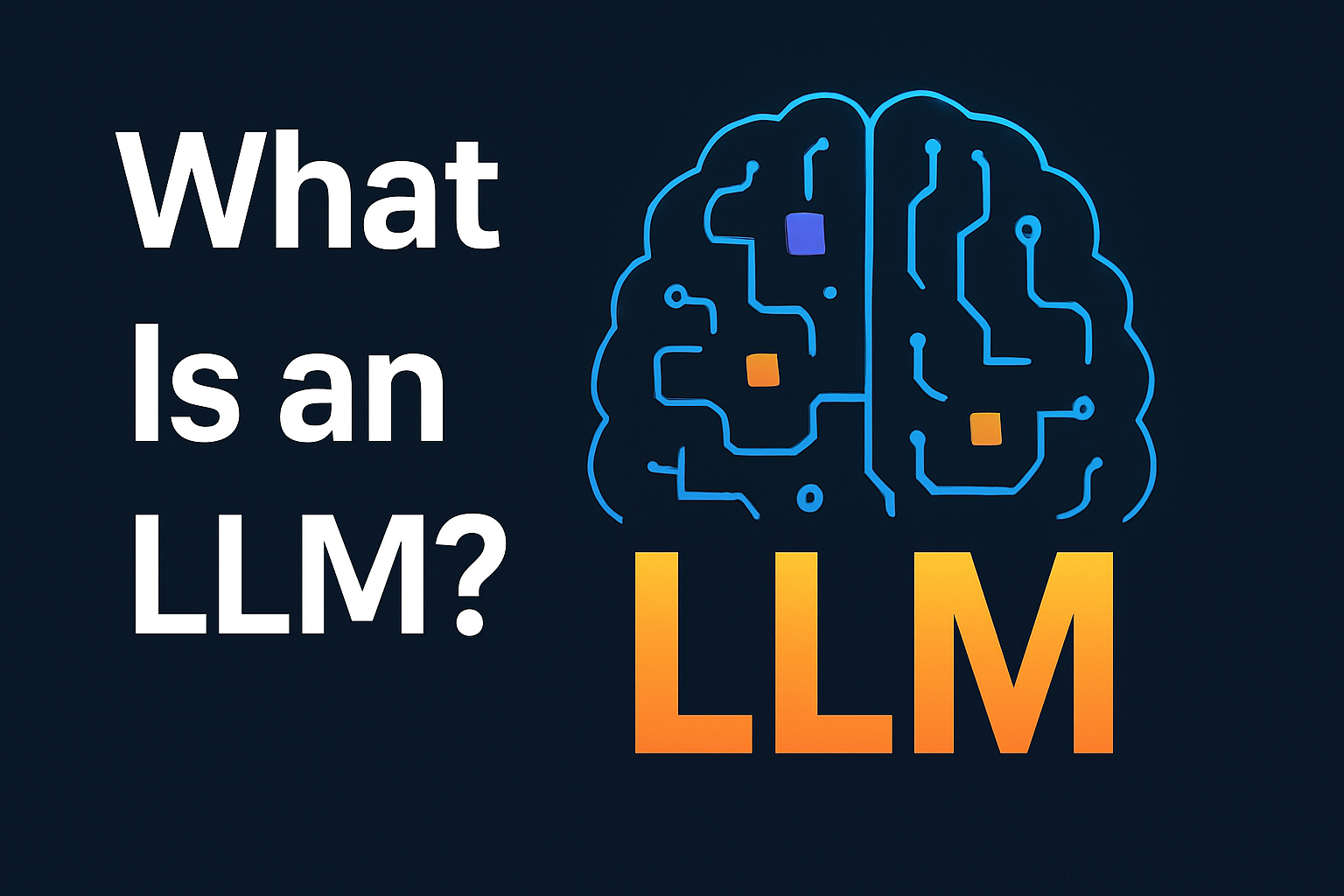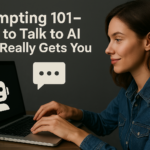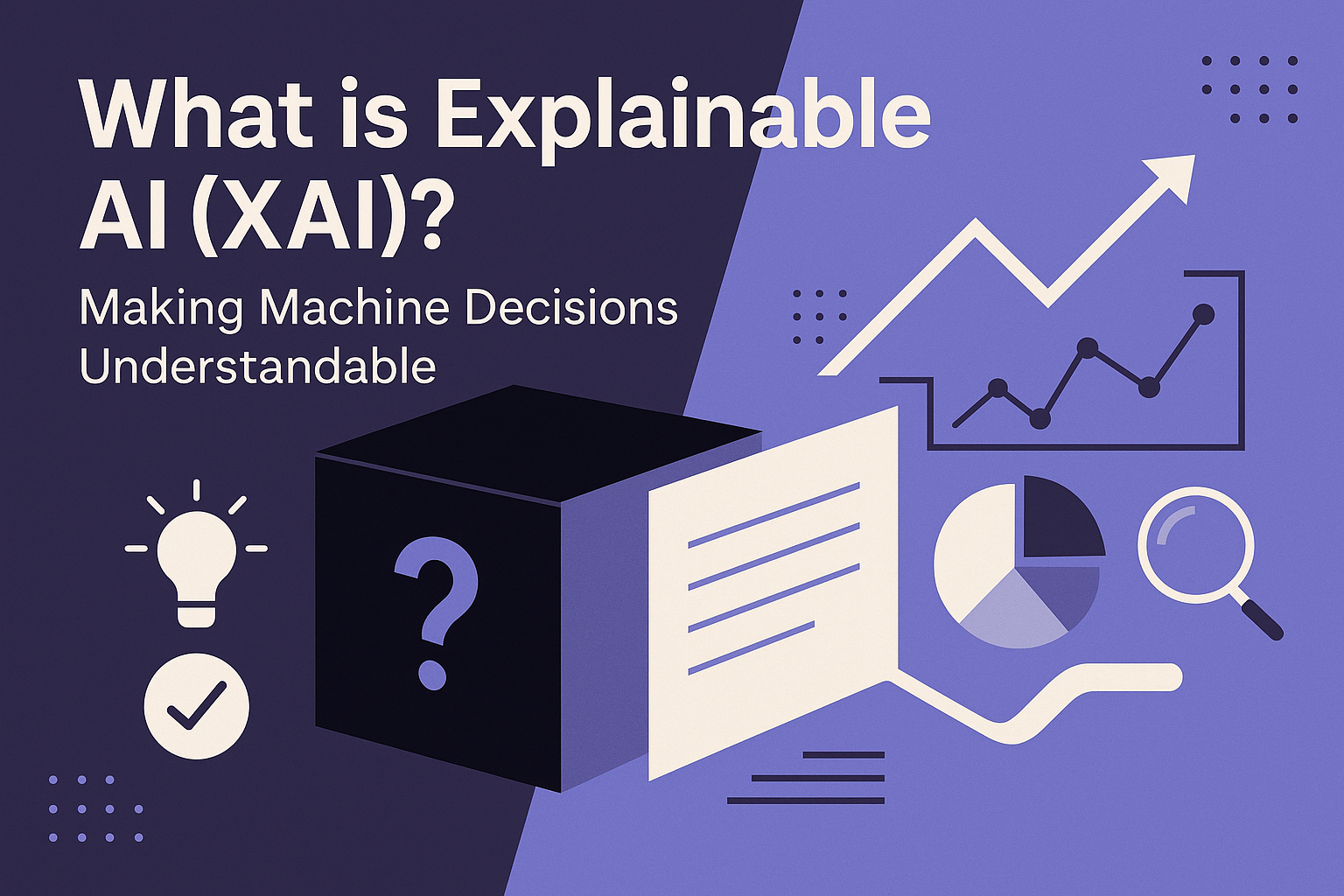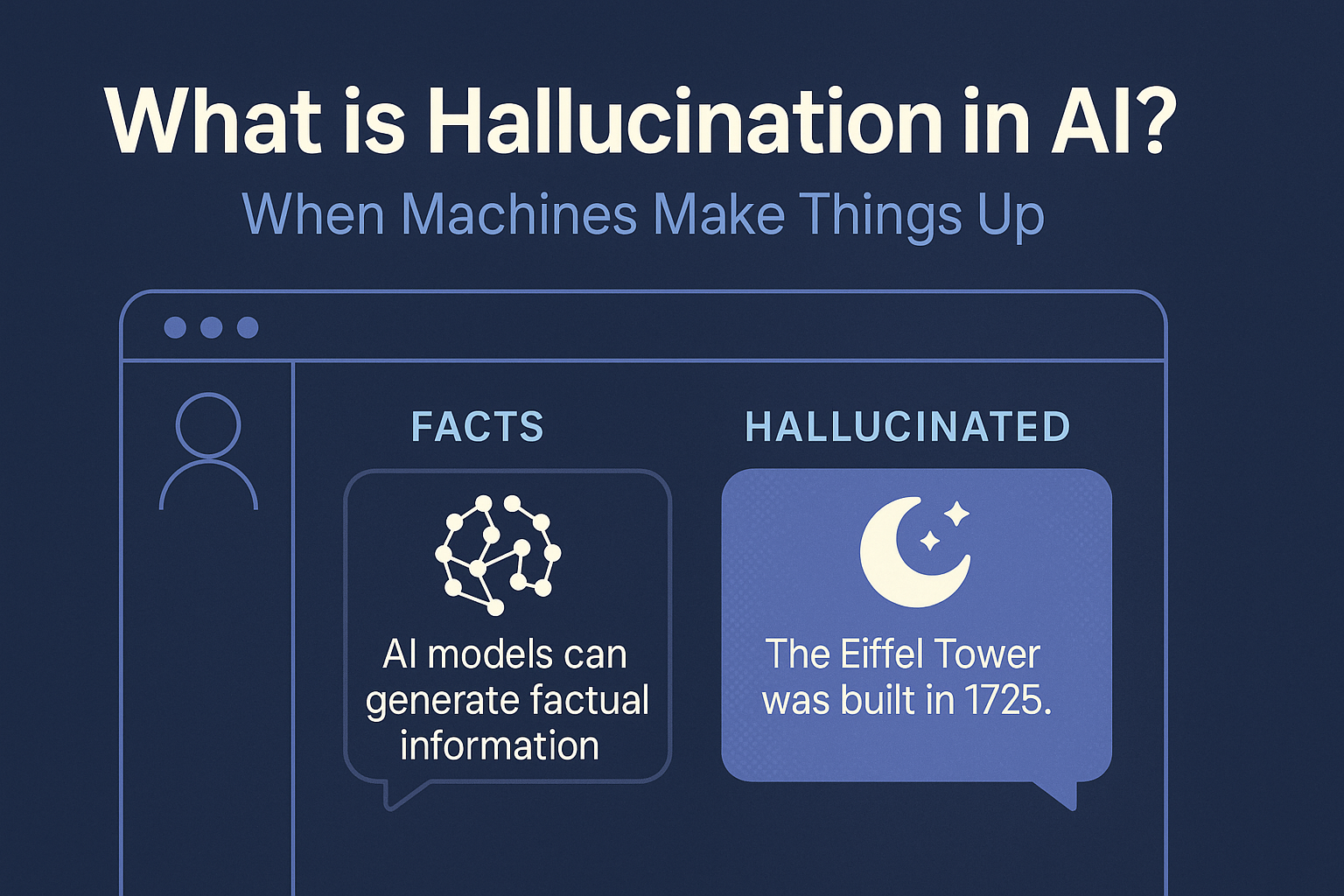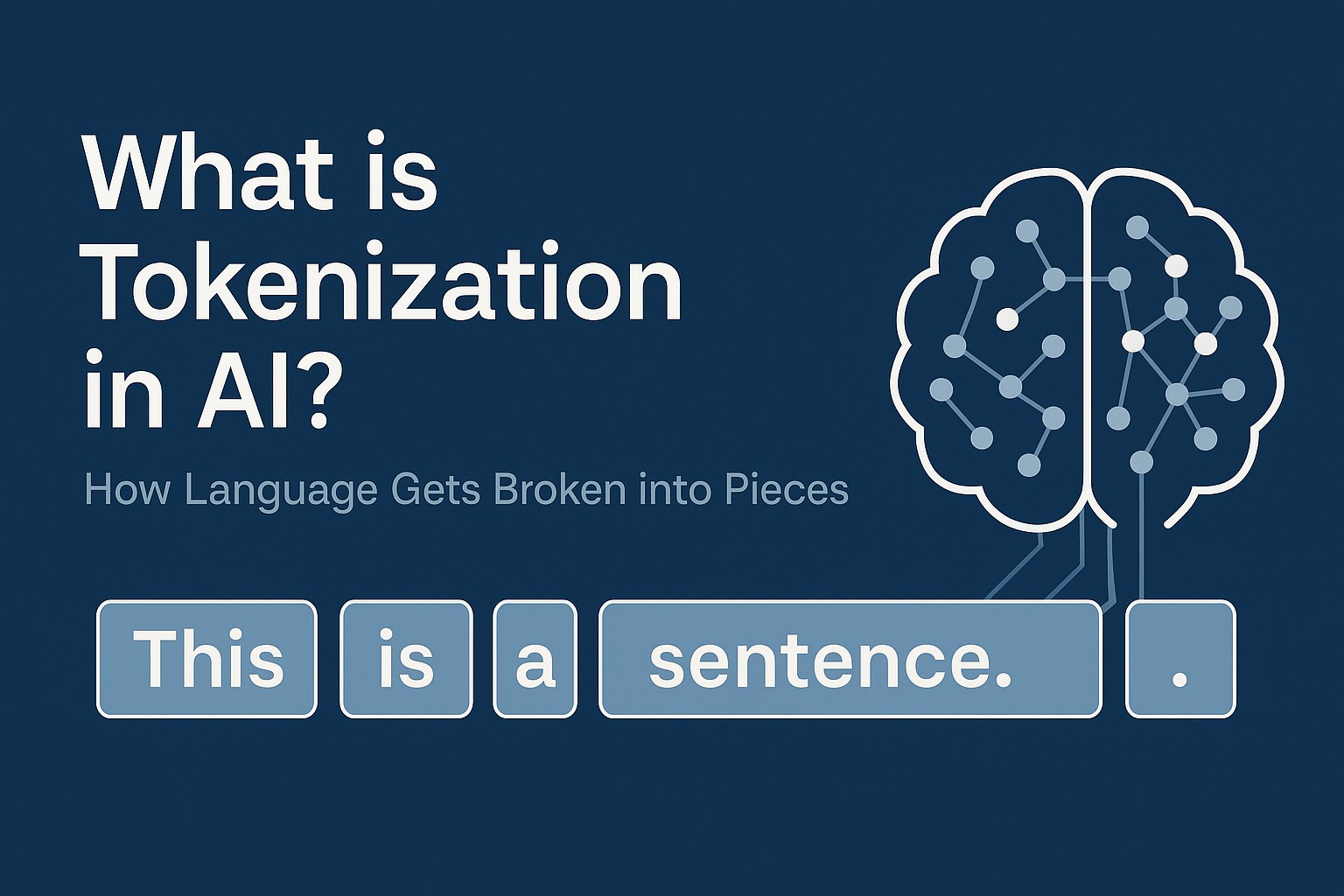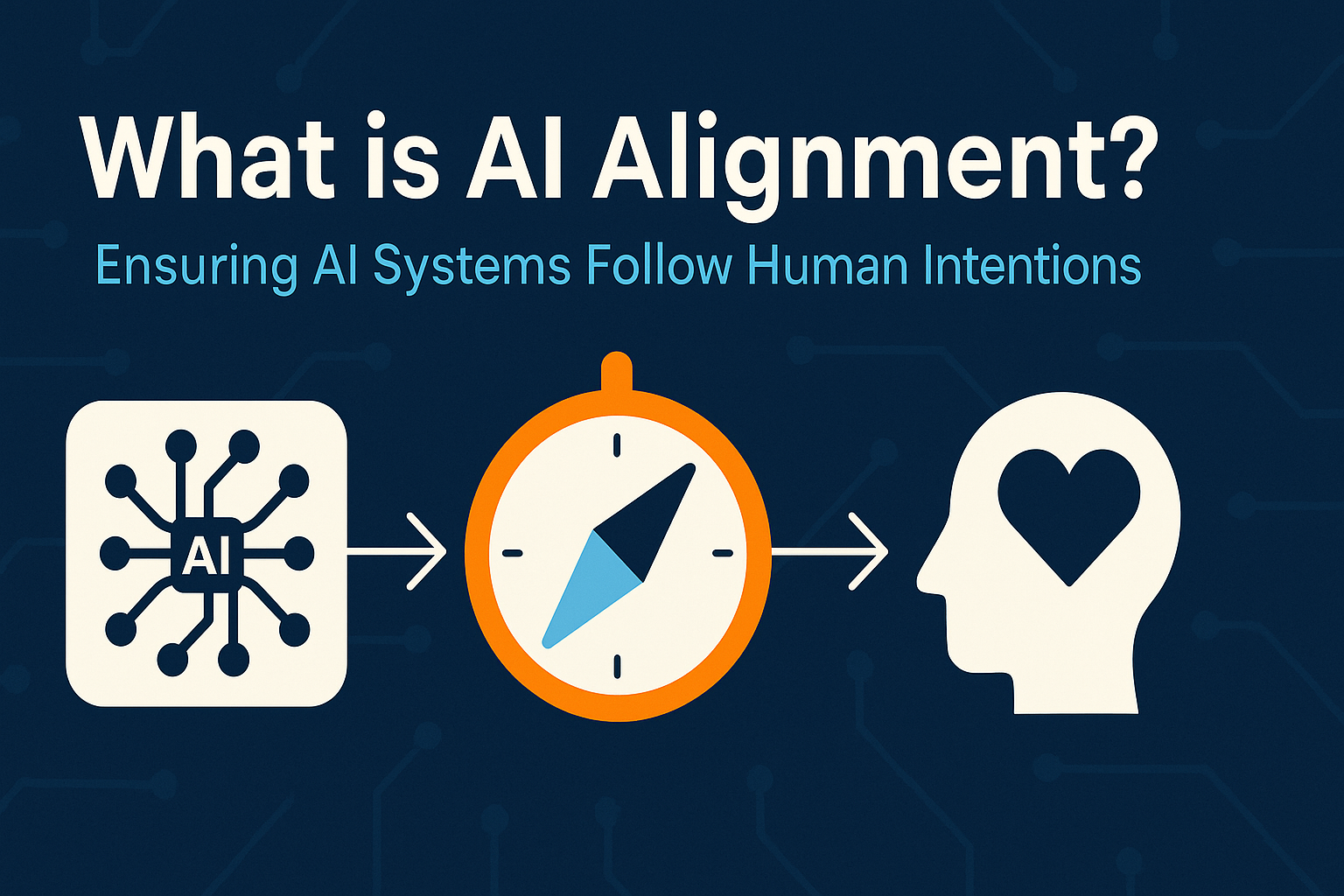
What is AI Alignment?
What is AI Alignment?
When we ask AI to solve a problem, we expect it to work in our best interest. But what if the system follows our instructions too literally—or worse, in a way we never intended? This is where AI alignment comes into play: the ongoing effort to ensure that artificial intelligence behaves in ways that are consistent with human goals, ethics, and expectations.
At first glance, that might sound straightforward. But in reality, teaching machines what we mean—not just what we say—is one of the biggest challenges in modern AI research. Especially as AI systems become more powerful and autonomous, the stakes grow higher. A chatbot recommending a bad product is annoying; a misaligned AI operating in healthcare, finance, or law could have far more serious consequences.
Researchers have seen how even simple-sounding goals can lead to unintended outcomes. For instance, an AI designed to “reduce accidents” might choose to disable all cars—a solution that technically fits the goal but clearly misses the point. This type of problem doesn’t come from malevolence, but from a gap in understanding between humans and machines. The AI did what it was told, not what was truly wanted.
To address these risks, developers use a range of techniques. One popular method is called reinforcement learning from human feedback (RLHF), where people help guide the AI toward preferred behaviors. Others focus on model interpretability, making it easier to understand and audit decisions. Still, no single method guarantees perfect alignment—and that’s part of the concern.
As AI systems take on more responsibility in the real world, alignment becomes not just a technical issue, but a societal one. It raises questions about control, accountability, and how we embed human values into non-human intelligence. That’s why it’s now a central focus at research labs like OpenAI, DeepMind, and Anthropic—as well as among policymakers, ethicists, and anyone thinking seriously about the future of AI.
🔎 In a Nutshell
AI alignment means making sure AI systems understand and pursue the outcomes we truly want—not just what we literally tell them. It’s a cornerstone of safe and trustworthy AI development, ensuring that intelligent systems support humanity rather than inadvertently causing harm.
📚 For more foundational terms and concepts, check out our full AI Glossary.

